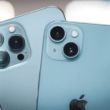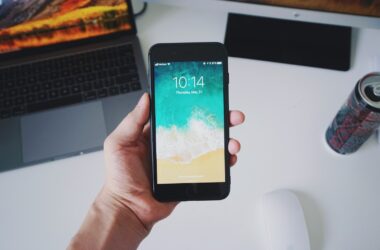This week, the world is celebrating the iPhone’s switch from Lightning to USB-C. It’s no secret that people hate Lightning for many reasons. Since many of the world’s most popular devices now feature USB-C ports, including Apple’s own iPads, iPhone owners have been forced to carry an extra cable.
While many appreciated Lightning’s ubiquity, USB-C is emerging as a superior universal standard. For over a decade, Apple’s iPhones charged exclusively with Lightning connectors. Users found Lightning effortless, as the cable reliably connected either way. Its compact size also yielded slimmer devices and accessories.
When debuted in 2012, Lightning was smaller than its predecessors and shrank phones further. The slimmer iPhone 5 showcased Lightning’s space-saving benefits. Lightning also facilitated portable battery banks. For example, the versatile MagSafe Duo charges iPhones, Watches and AirPods during travel thanks to folding cables.
Overall system reliability distinguished Lightning. Apple’s MagSafe auto-alignment ensured stable, hand-free power irrespective of angle. But ubiquity demanded carrying extra cables, inconvenient for multi-device households.
Most gadgets now use the more capable USB-C, which covers all of Lightning’s roles plus video/data transfer. While Lightning served Apple loyalty well, its heyday ended as USB-C was established as the universal phone connector. Its superior functionality warrants transition, even among Lightning loyalists nostalgic for tools that simplified charging for over a decade. USB-C arriving on iPhones presages benefits of increased cross-compatibility for consumers and productive standardization industry-wide.









